

Articles
How To Pick A Dining Room Table
Modified: January 14, 2024
Looking for articles on how to pick a dining room table? Discover expert tips and advice for finding the perfect table that suits your style and space.
(Many of the links in this article redirect to a specific reviewed product. Your purchase of these products through affiliate links helps to generate commission for Storables.com, at no extra cost. Learn more)
Introduction
Choosing the right dining room table is a crucial decision when it comes to designing and outfitting your dining space. Not only does it serve as a gathering place for family and friends, but it also sets the tone for your dining area’s overall aesthetic. Whether you’re starting from scratch or looking to upgrade your current dining table, there are several important factors to consider in order to make the best choice for your needs and preferences.
In this article, we will guide you through the process of selecting the perfect dining room table. From determining the right size and shape to exploring different materials and finishes, we’ll provide you with the information you need to make an informed decision. We’ll also discuss sustainability considerations, practical features to consider, budget-friendly options, and tips for proper maintenance, ensuring that your dining table meets your functional, aesthetic, and budgetary requirements.
Let’s dive into the world of dining room tables and discover how to choose the one that will be a perfect fit for your home!
Key Takeaways:
- Choose a dining table that fits your space and seating needs, considering room dimensions, seating capacity, table shape, and extension options for flexibility.
- Consider the materials, style, and finish of your dining table to create a visually appealing and durable centerpiece that complements your dining area’s design and your lifestyle.
Read more: How To Pick Chairs For A Dining Table
Considerations for Size
When it comes to choosing a dining room table, size is a crucial factor to consider. The size of your dining table will depend on the dimensions of your dining space and the number of people you plan to accommodate. Here are some important considerations to keep in mind:
- Room Dimensions: Measure the available space in your dining area to determine the maximum dimensions for your table. Allow enough room for chairs to be comfortably pulled out, and for people to move around the table without feeling cramped. Consider the distance between the table and walls or other furniture to ensure a balanced and visually appealing layout.
- Seating Capacity: Think about how many people you typically entertain or gather with for meals. Do you frequently host large dinner parties or prefer more intimate gatherings? This will help you determine the size of the table and the number of chairs you’ll need. As a general rule of thumb, allocate at least 24 inches of table width per person for comfortable seating.
- Table Shape: The shape of the table can also impact the seating capacity. Rectangular tables typically offer the most seating options, followed by oval and round tables. Square tables are better suited for smaller dining areas or compact gatherings.
- Extension Options: Consider whether you’ll need the flexibility to expand your table for special occasions or when additional guests come over. Some dining tables come with extension leaves that allow you to increase the seating capacity temporarily.
By taking these factors into account, you can ensure that your dining table fits perfectly in your dining space, provides ample seating for your needs, and allows comfortable movement around the table.
Choosing the Right Shape
The shape of your dining room table not only affects its aesthetic appeal but also its functionality and how it fits into your space. Here are the most common shapes to consider:
- Rectangular: Rectangular tables are the most traditional and popular choice for dining rooms. They provide ample seating and are versatile for a variety of occasions, from casual family meals to formal dinner parties. Rectangular tables are ideal for long, narrow dining spaces as they help create a sense of continuity.
- Round: Round tables are great for creating an intimate and cozy dining experience. They promote easy conversation and can fit well in small spaces, as they eliminate sharp corners and take up less visual space. Round tables work particularly well in breakfast nooks or areas with limited square footage.
- Square: Square tables bring a modern and contemporary feel to your dining room. They work best in smaller spaces and can create a more intimate atmosphere. However, they may not provide as much seating as rectangular or round tables, so consider your seating needs before opting for a square table.
- Oval: Oval tables combine the visual appeal of a round table with the functionality of a rectangular one. They offer a more unique and dynamic shape while providing ample seating. Oval tables are suitable for both formal and informal dining spaces and can accommodate a larger number of guests.
When choosing the shape of your dining table, consider the size and layout of your dining space, as well as your personal style preferences. Remember, the shape should complement the overall design of your dining room and provide a comfortable and cohesive arrangement for meals and gatherings.
Materials and Styles
The materials and style of your dining room table can greatly impact its overall look and durability. Here are some popular options to consider:
- Wood: Wood is a classic and timeless choice for dining tables. It’s versatile and comes in various finishes, such as oak, walnut, maple, and cherry. Wood tables can range from rustic farmhouse styles to sleek and modern designs. They offer durability and can withstand everyday use.
- Glass: Glass tables add a touch of elegance and sophistication to your dining space. They create a sense of openness and can make a small room appear larger. Glass tables are available in a variety of shapes and designs and can be paired with different base materials like metal or wood.
- Metal: Metal tables bring a contemporary and industrial aesthetic to your dining area. They are sturdy and easy to clean, making them a practical choice for households with children or frequent entertaining. Metal tables can be paired with various tabletop materials such as glass or wood for a stylish combination.
- Marble or Stone: Marble or stone tables exude luxury and sophistication. They make a bold statement in any dining room and are known for their durability and timeless elegance. Keep in mind that marble and stone tables require regular maintenance to prevent staining and damage.
Alongside materials, consider the style of your dining table to ensure it complements the overall design of your dining area. Popular styles include traditional, modern, farmhouse, mid-century modern, and eclectic. Choose a style that resonates with your personal taste and complements the existing decor in your home.
When selecting materials and styles, consider factors such as durability, maintenance requirements, and how well they align with your lifestyle and aesthetic preferences. This will help you choose a dining table that not only looks great but also stands the test of time.
Finding the Perfect Finish
The finish of your dining room table plays a crucial role in enhancing its appearance and protecting the underlying material. Here are some popular finishes to consider:
- Stained: Stained finishes allow the natural beauty of the wood grain to shine through while adding color and richness to the table. Different stain colors and techniques can create various effects, from light and natural to dark and dramatic.
- Painted: Painted finishes offer versatility and allow you to customize the color of your table to match your decor or create a statement piece. Whether you prefer a simple white or a bold pop of color, painted finishes can add personality to your dining space.
- Matte: Matte finishes provide a soft and subtle look. They don’t reflect as much light as glossy finishes, resulting in a more understated and sophisticated appearance. Matte finishes are great for creating a modern and refined atmosphere.
- Glossy: Glossy finishes add shine and a touch of glamour to your dining table. They reflect light and create a polished and luxurious look. Glossy finishes can be easily wiped clean, making them a practical choice for households with young children.
- Distressed: Distressed or weathered finishes give your table a vintage or rustic appeal, with a worn and aged look. They add character and charm to your dining space, making your table a statement piece full of character.
When choosing the perfect finish, consider the overall style and mood you want to create in your dining room. If you have children or expect heavy use, opt for finishes that are durable and resistant to scratches and stains. It’s also important to consider the maintenance requirements of different finishes to ensure they fit your lifestyle.
Remember, the finish of your dining table should complement the materials and style you’ve chosen, creating a harmonious and visually appealing focal point in your dining area.
When picking a dining room table, consider the size of your space and how many people you need to seat. Also, think about the material and style that will best complement your existing decor.
Read more: How To Pick Dining Room Chairs
Selecting a Sustainable Option
In today’s world, sustainability is an important consideration when making any purchase, including dining room tables. Choosing a sustainable dining table not only benefits the environment but also supports ethical practices in the furniture industry. Here are some aspects to keep in mind when selecting a sustainable option:
- Wood Sourcing: Look for dining tables made from sustainably sourced wood. Select products that are certified by organizations like the Forest Stewardship Council (FSC) or the Sustainable Forestry Initiative (SFI) to ensure responsible and environmentally friendly harvesting practices.
- Recycled Materials: Consider dining tables made from reclaimed or recycled materials. These tables often have unique character and history, as they are crafted from reclaimed wood or other salvaged materials.
- Eco-Friendly Finishes: Choose dining tables finished with low-VOC (volatile organic compounds) or water-based finishes. These finishes are better for indoor air quality and reduce the emission of harmful chemicals into the environment.
- Durable Construction: Opt for dining tables built to last. A well-constructed table will have a longer lifespan, reducing the need for replacement and minimizing waste.
- Upcycling and Repurposing: Consider giving a second life to existing furniture by upcycling or repurposing it into a dining table. This sustainable option helps reduce waste and promotes creativity.
By choosing a sustainable dining table, you contribute to a greener and more responsible furniture industry. Additionally, sustainable materials and practices often result in high-quality products that can withstand the test of time, allowing you to enjoy your dining table for years to come.
Practical Features to Consider
When selecting a dining room table, it’s important to consider practical features that will enhance its functionality and usability. Here are some practical features to keep in mind:
- Extension Leaves: If you often entertain guests or have a fluctuating number of people at your dining table, consider a table with extension leaves. These leaves allow you to expand the table when needed and provide additional seating space.
- Storage: Some dining tables come with built-in storage options, such as drawers or shelves. This feature can be useful for storing dining essentials like placemats, napkins, or serving utensils, keeping them within easy reach.
- Easy Cleaning: Choose a dining table that is easy to clean and maintain. Smooth surfaces and finishes that resist stains can make your life easier, especially if you have young children or frequently host meals.
- Sturdy Construction: Look for a dining table with a solid and sturdy construction. It should be able to withstand regular use and the weight of dishes, plates, and other items placed on it.
- Comfortable Seating: Consider the comfort of the chairs that will accompany your dining table. Look for chairs with appropriate padding, back support, and the right height to ensure a comfortable dining experience for you and your guests.
- Adjustable Height: Some dining tables offer the option to adjust the height, allowing you to use it for other purposes such as a workspace or a bar table for casual gatherings.
By considering these practical features, you can choose a dining table that meets your specific needs and enhances your overall dining experience. Remember, the functionality of your table goes hand in hand with its aesthetic appeal. Finding the right balance between style and practicality will ensure that your dining table is a perfect fit for your lifestyle.
Budget and Affordability
Your budget is an important consideration when selecting a dining room table. While there are dining tables available at various price points, it’s crucial to find the right balance between quality, durability, and affordability. Here are some tips to help you navigate the budgeting process:
- Set a Budget: Determine the maximum amount you’re willing to spend on a dining table. This will help you narrow down your options and focus on tables within your price range.
- Consider Long-Term Value: While it may be tempting to opt for the cheapest option available, consider the long-term value of the table. Investing in a higher quality table may save you money in the long run, as it will be more durable and require less frequent replacement.
- Explore Different Materials: Different materials come with different price tags. While solid wood tables tend to be more expensive, there are also affordable options available in materials like veneer or engineered wood.
- Shop Sales and Promotions: Keep an eye out for sales events, clearance sales, or promotions that offer discounted prices on dining tables. This can be a great way to get a quality table at a lower price.
- Consider Secondhand Options: Don’t overlook the option of buying a used dining table. You can often find high-quality tables at a fraction of the cost of a new one. Check local classifieds, thrift stores, or online marketplaces for pre-owned dining tables in good condition.
- DIY or Customization: If you’re feeling crafty, consider building your own dining table or customizing a ready-made one. This can save costs while allowing you to create a unique piece that fits your style and requirements.
Remember, affordability doesn’t mean sacrificing quality or style. With careful research and planning, you can find a dining table that fits within your budget while meeting your desired criteria.
Lastly, keep in mind that the cost of the dining table is just one component of the overall dining room budget. You may also need to budget for chairs, lighting, decor, and other accessories to create a cohesive and inviting dining space.
Tips for Proper Maintenance
Proper maintenance is essential to prolong the lifespan and beauty of your dining room table. Here are some tips to help you keep your table looking its best:
- Regular Cleaning: Clean your dining table regularly to remove dust, dirt, and food particles. Use a soft, damp cloth or sponge to wipe down the surface, and avoid abrasive cleaners that can damage the finish.
- Protective Measures: Use coasters, placemats, and tablecloths to protect your table from spills, heat, and scratches. This will help prevent damage and make it easier to clean up any accidents.
- Avoid Harsh Chemicals: Steer clear of harsh chemical cleaners and abrasive materials on your table, as they can damage the finish or the surface. Stick to mild soap and water for regular cleaning, and follow any maintenance instructions provided by the manufacturer.
- Handle with Care: When moving or rearranging your table, lift it instead of dragging it, to avoid scratching the floor or damaging the table legs. Be cautious when placing heavy objects on the table to prevent any accidents or structural damage.
- Monitor Humidity and Temperature: Extreme fluctuations in humidity and temperature can cause wood to expand or contract, potentially leading to warping or cracking. Keep your dining area at a consistent humidity and temperature level to maintain the integrity of the table.
- Periodic Maintenance: Depending on the type of finish, periodic maintenance may be necessary. This can include applying a protective coating or reapplying a stain or paint to keep the table looking fresh. Follow the manufacturer’s instructions or seek professional advice for the specific maintenance needs of your table.
By following these maintenance tips, you can keep your dining room table in excellent condition for years to come. Regular cleaning, protective measures, and proper handling will help preserve its beauty and functionality, ensuring that it remains a centerpiece of your dining space.
Read more: What Is In A Dining Room?
Final Thoughts
Choosing the right dining room table is an important decision that can greatly impact the functionality, style, and overall ambiance of your dining space. By considering factors such as size, shape, materials, finishes, sustainability, practical features, budget, and maintenance, you can make an informed choice that aligns with your preferences and needs.
Remember, your dining table is not just a piece of furniture; it’s a gathering place where memories are made and shared. It should reflect your personal style, accommodate your loved ones, and provide a comfortable space for meals and conversations.
Take the time to explore different options, visit furniture stores, read online reviews, and seek inspiration from home design magazines or websites. Don’t be afraid to mix and match styles, materials, and finishes to create a unique and personalized dining area that suits your taste.
Lastly, invest in the care and maintenance of your dining table to ensure its longevity and beauty. Regular cleaning, protective measures, and periodic maintenance will go a long way in preserving its appearance and functionality.
So, take the plunge and select a dining room table that brings joy and serves as a focal point in your home. Gather around it with loved ones, share delicious meals, and create lasting memories for years to come.
Frequently Asked Questions about How To Pick A Dining Room Table
Was this page helpful?
At Storables.com, we guarantee accurate and reliable information. Our content, validated by Expert Board Contributors, is crafted following stringent Editorial Policies. We're committed to providing you with well-researched, expert-backed insights for all your informational needs.
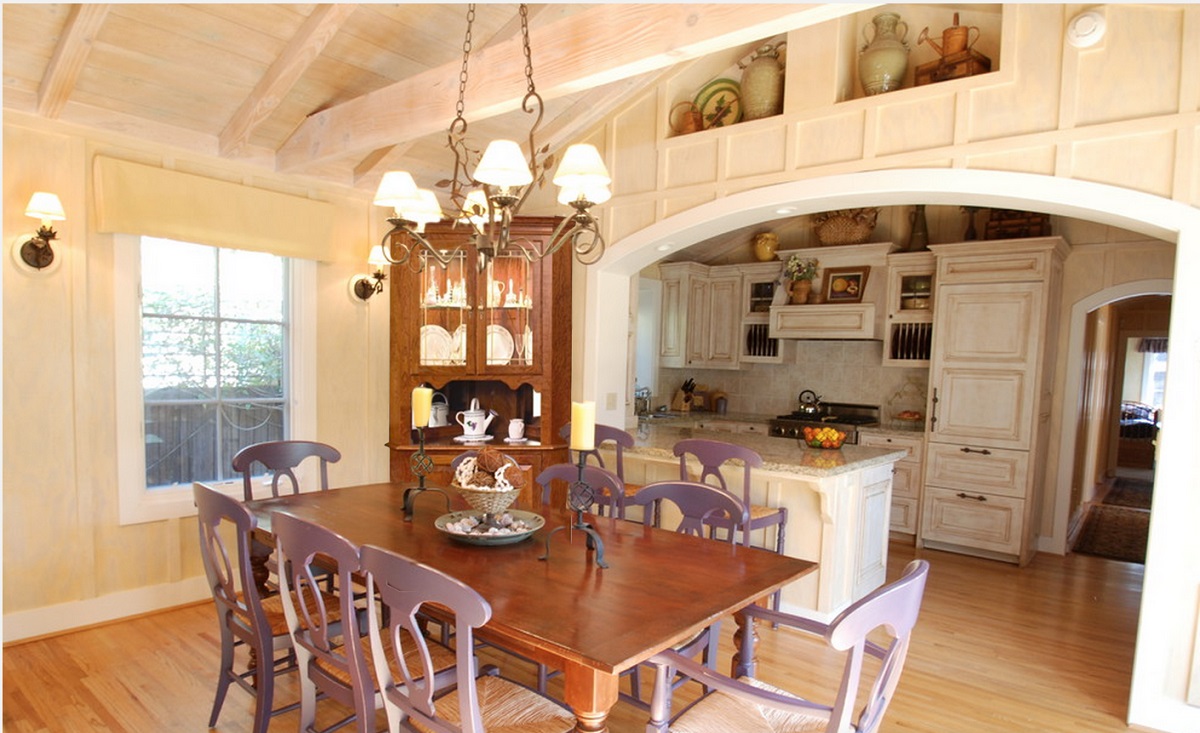
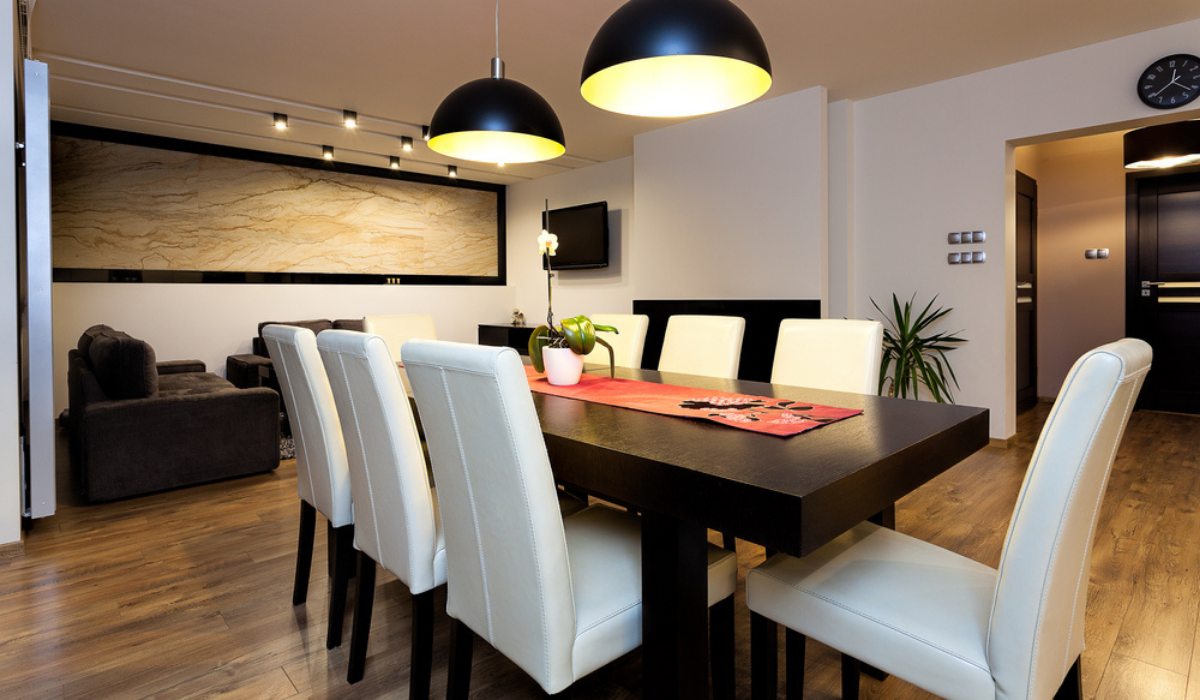
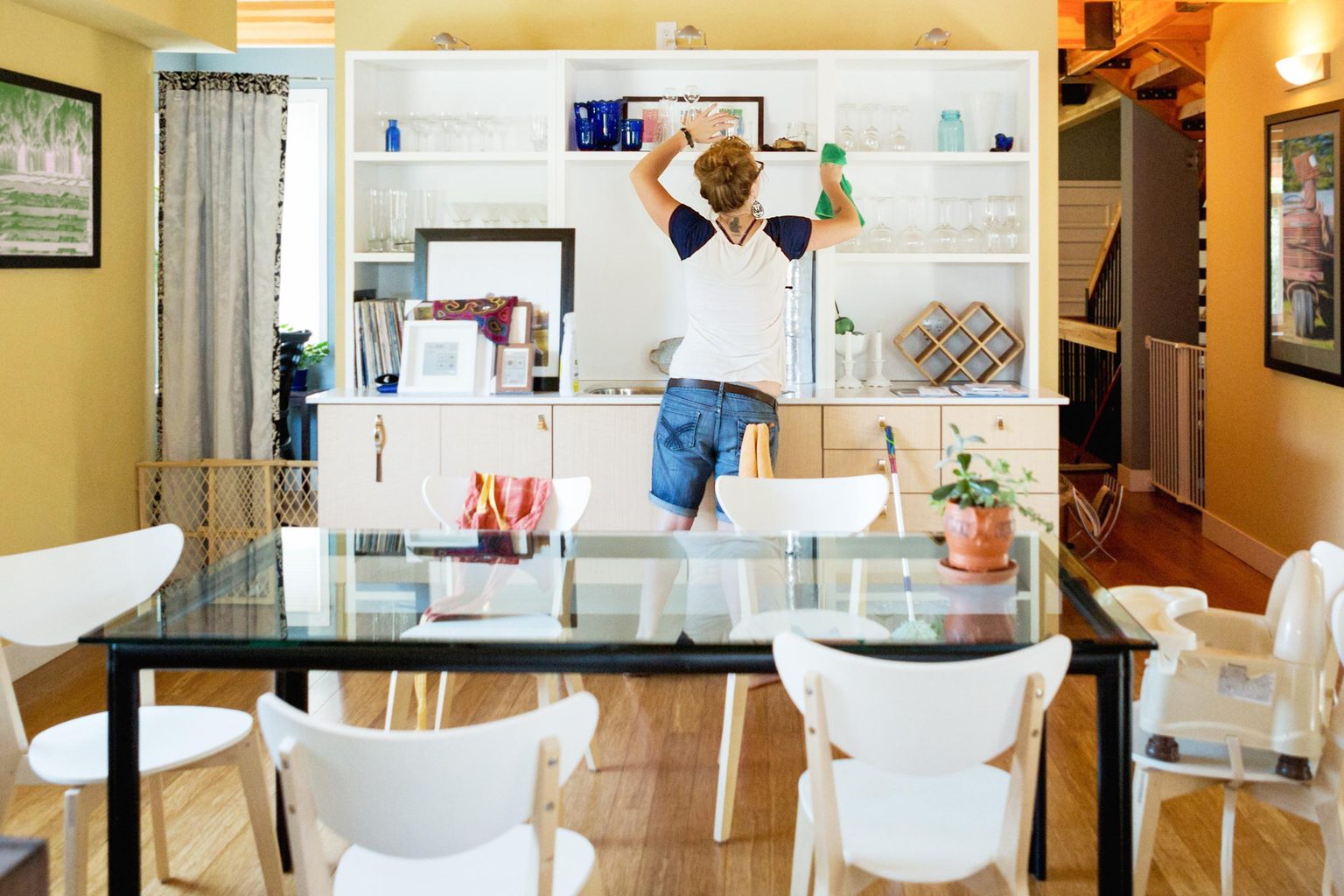
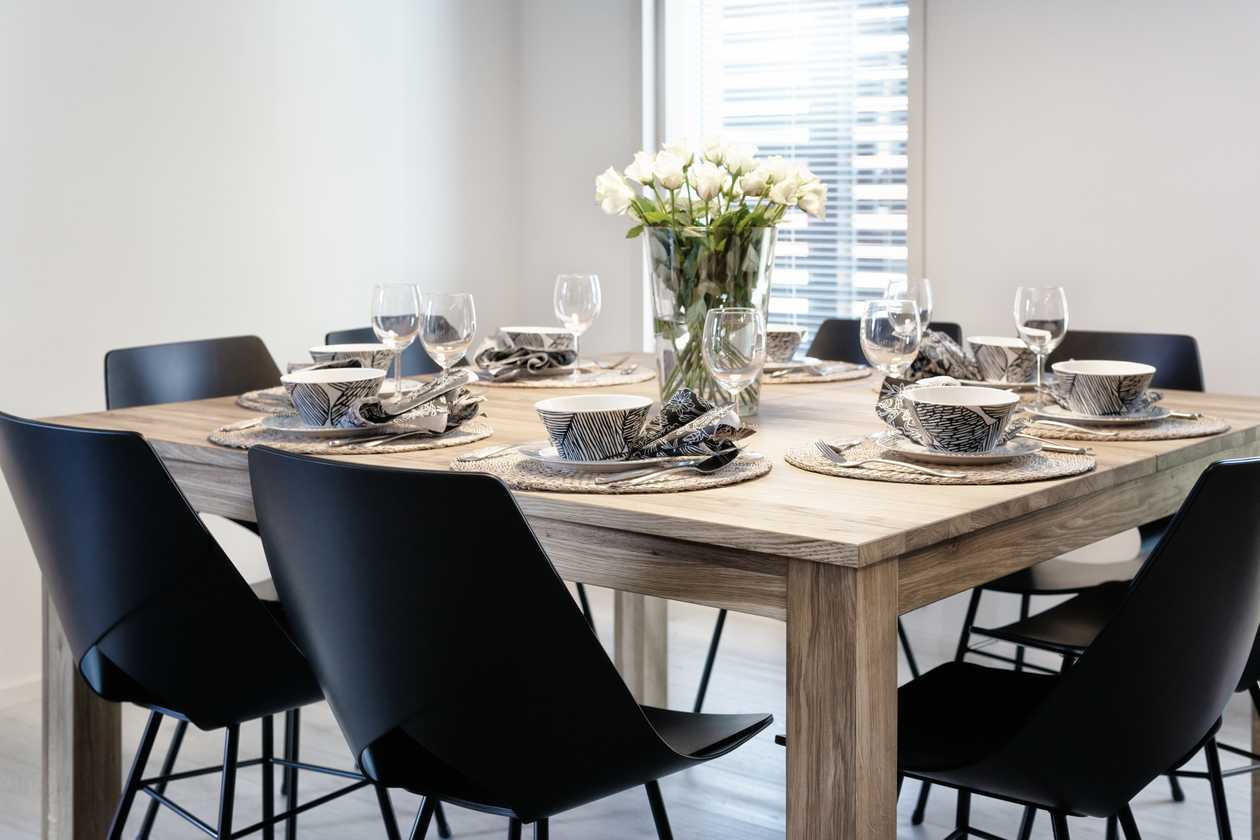
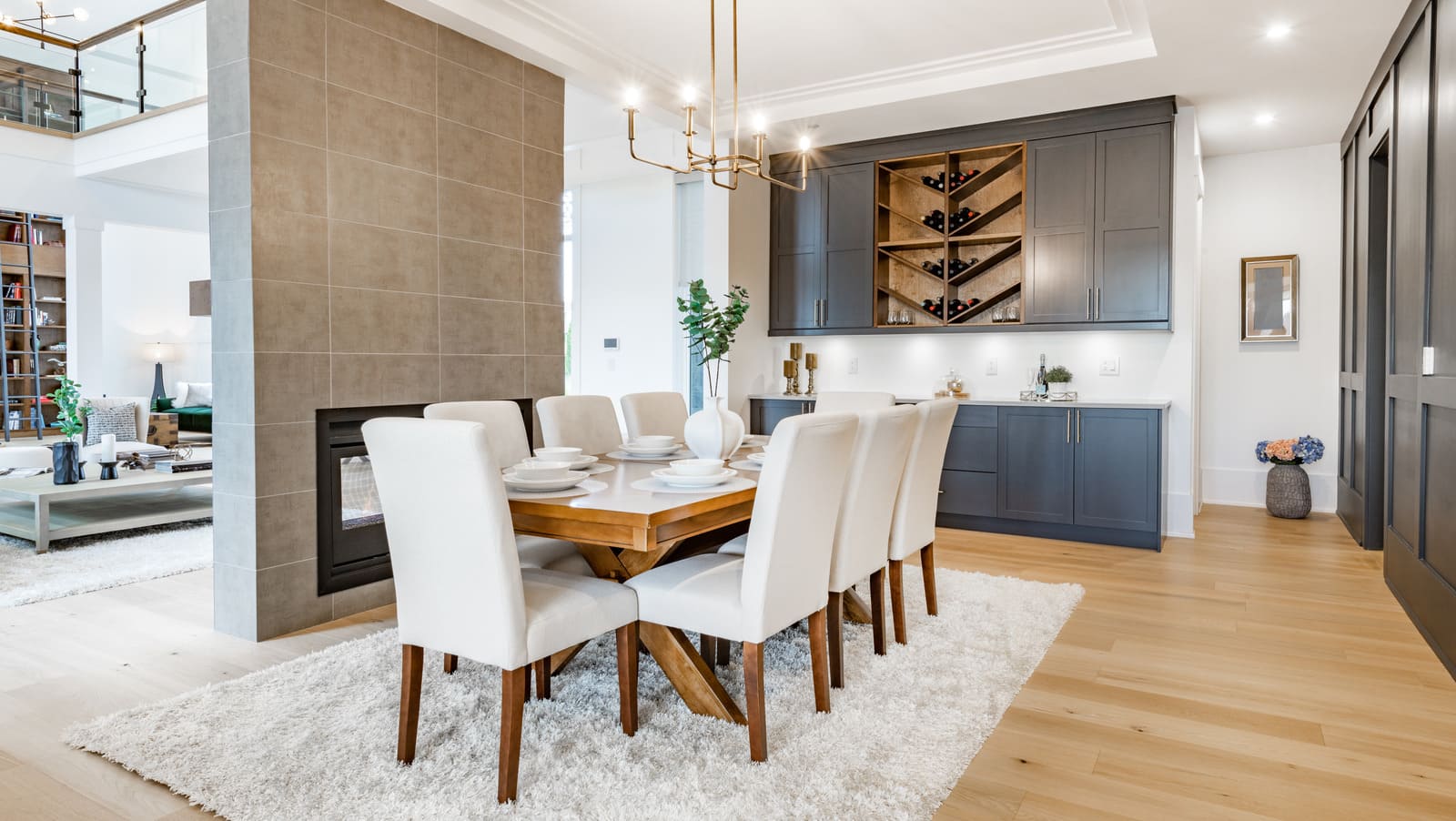
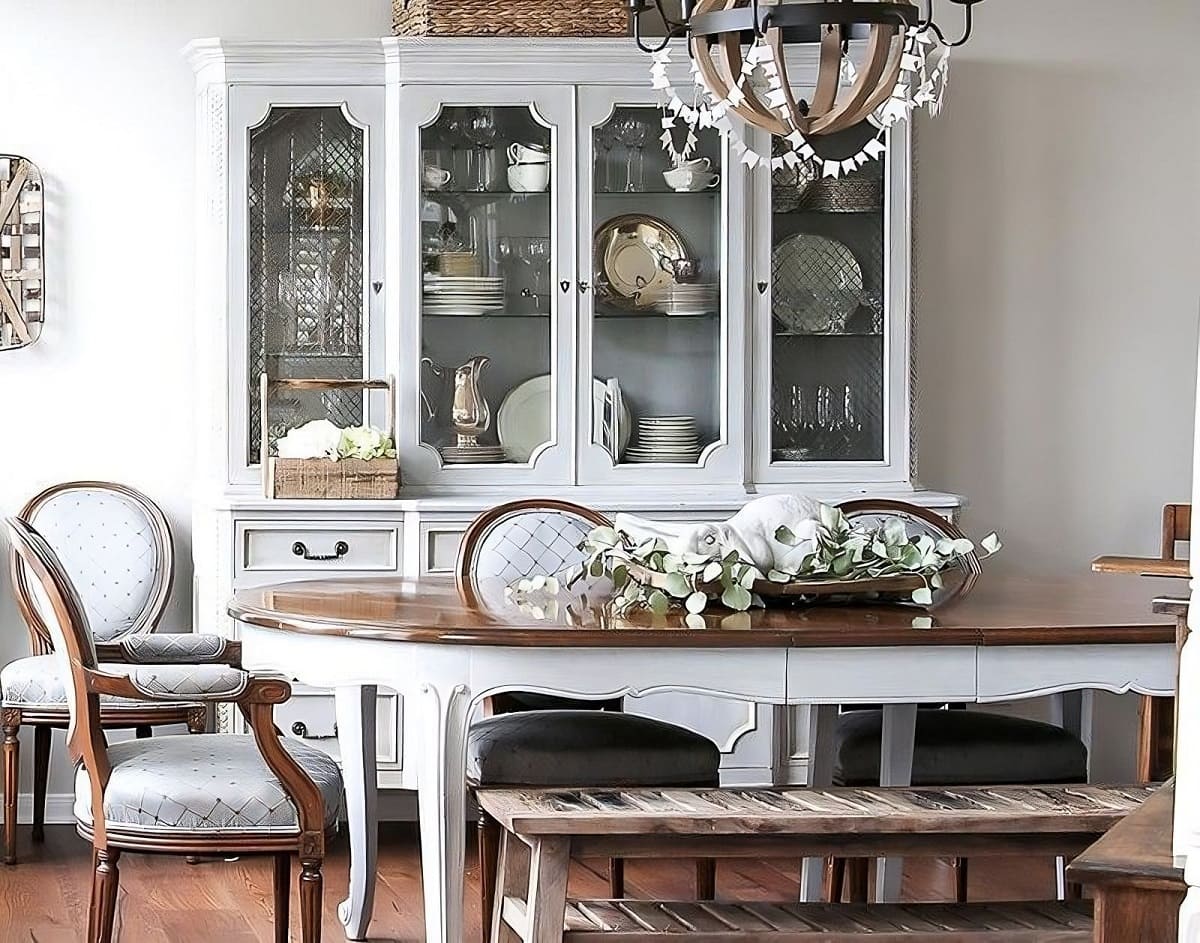
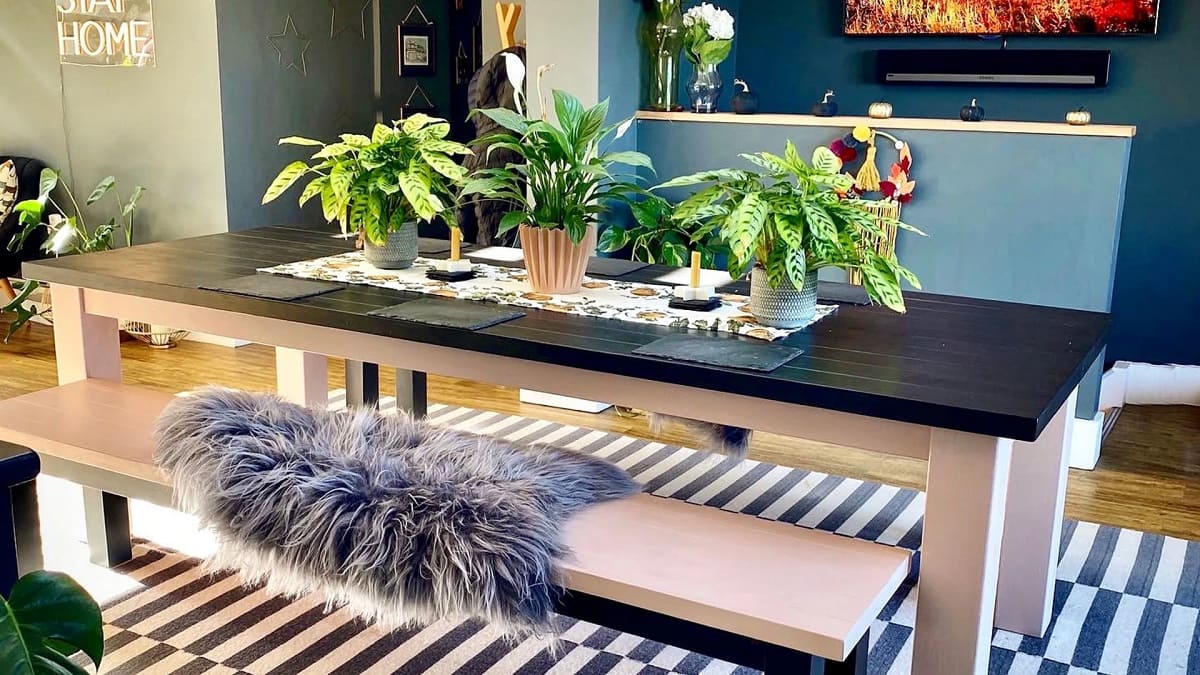
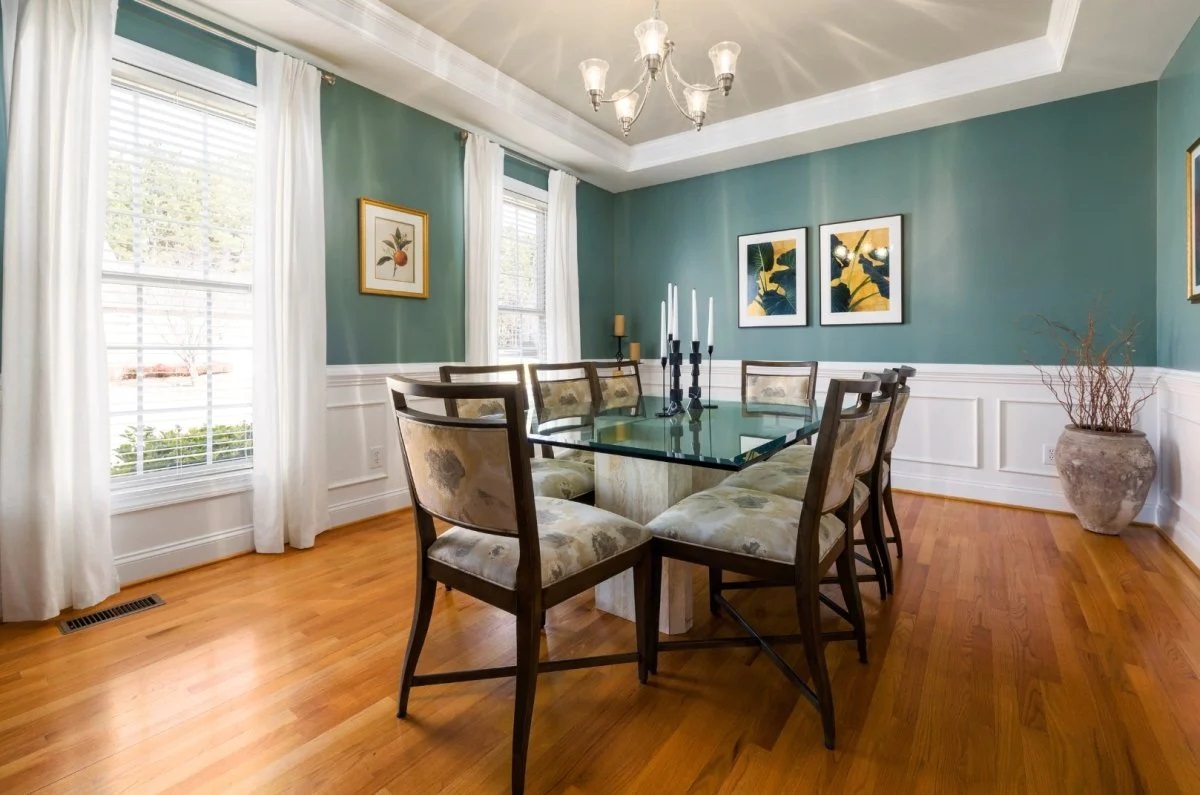
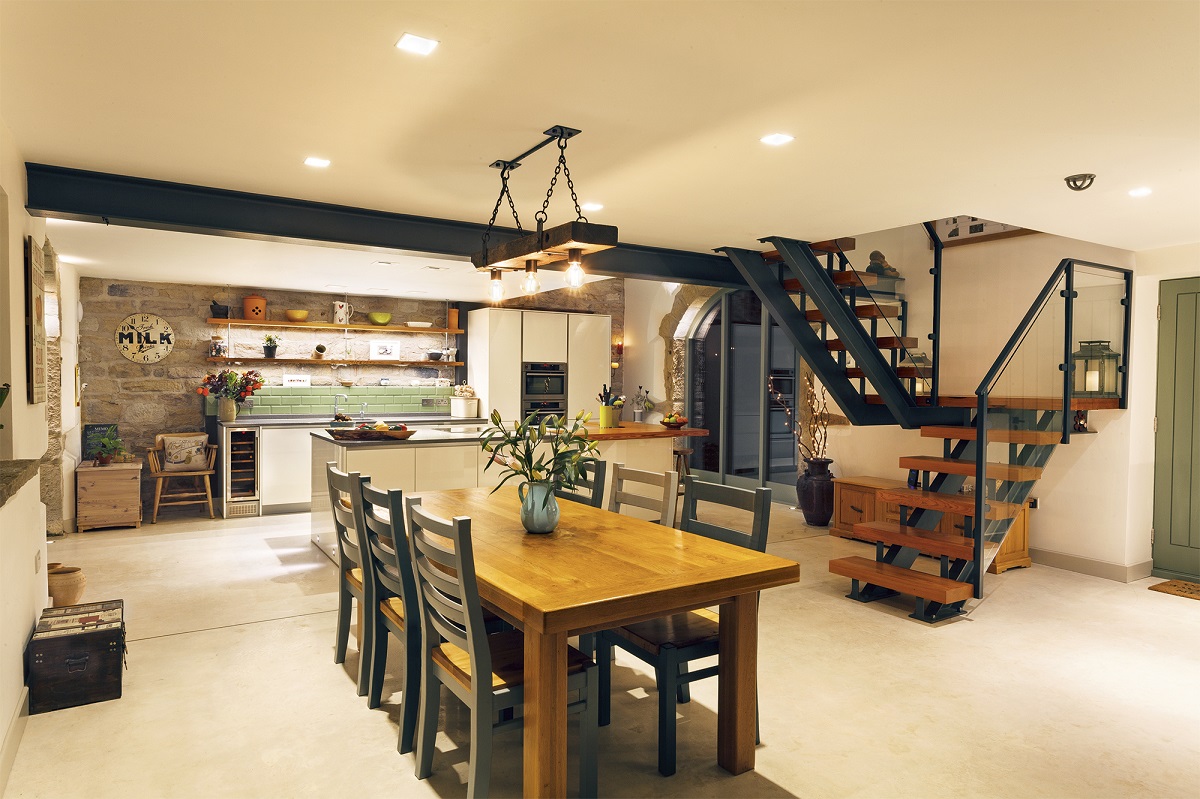
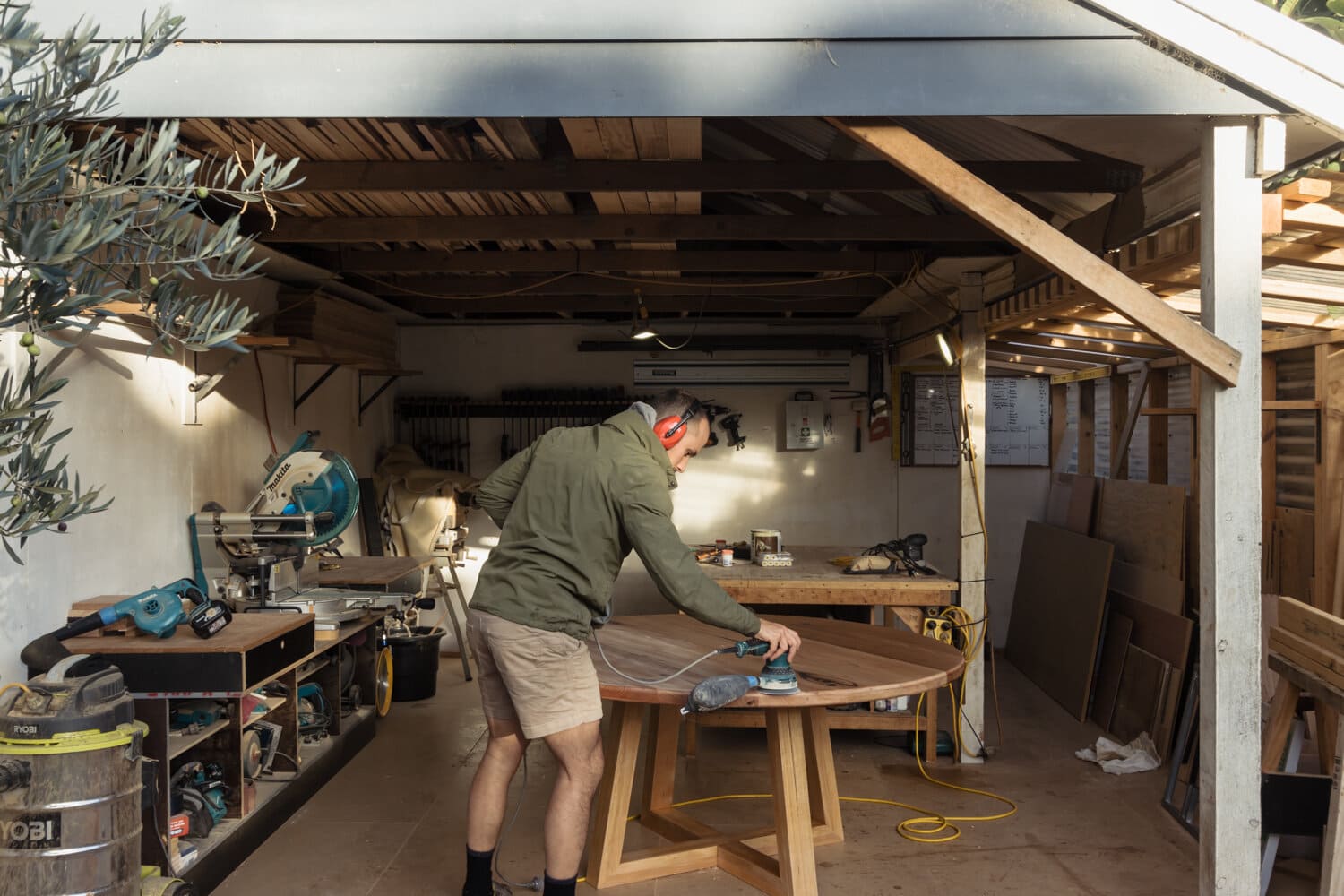
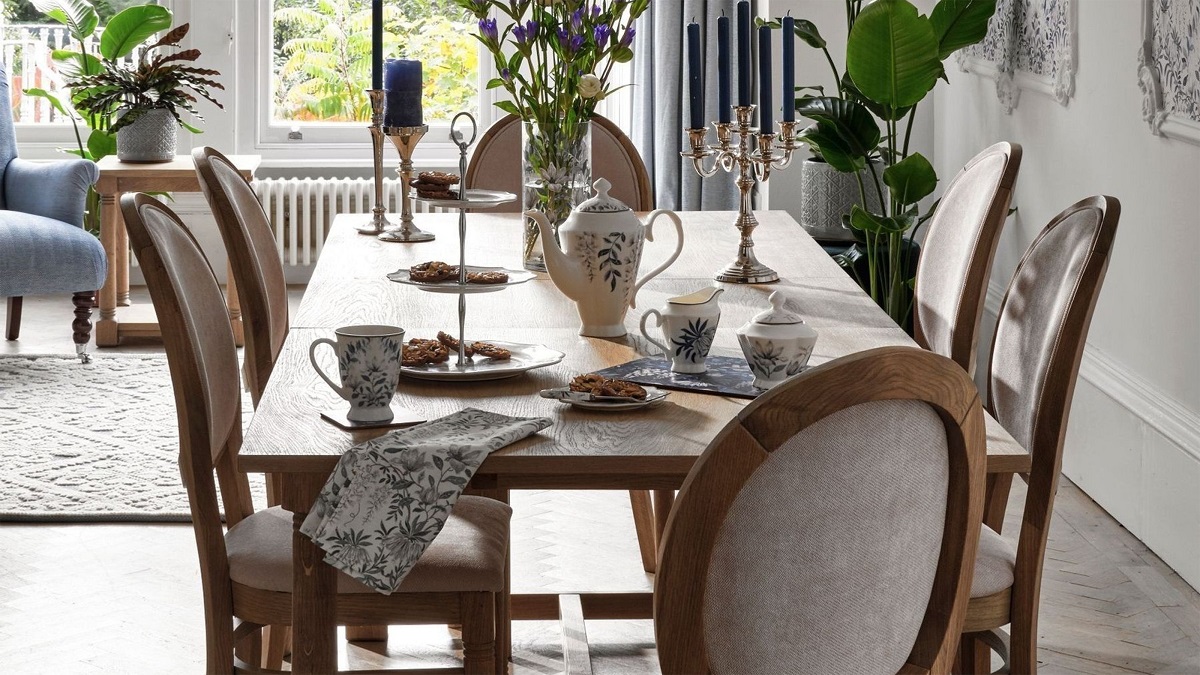
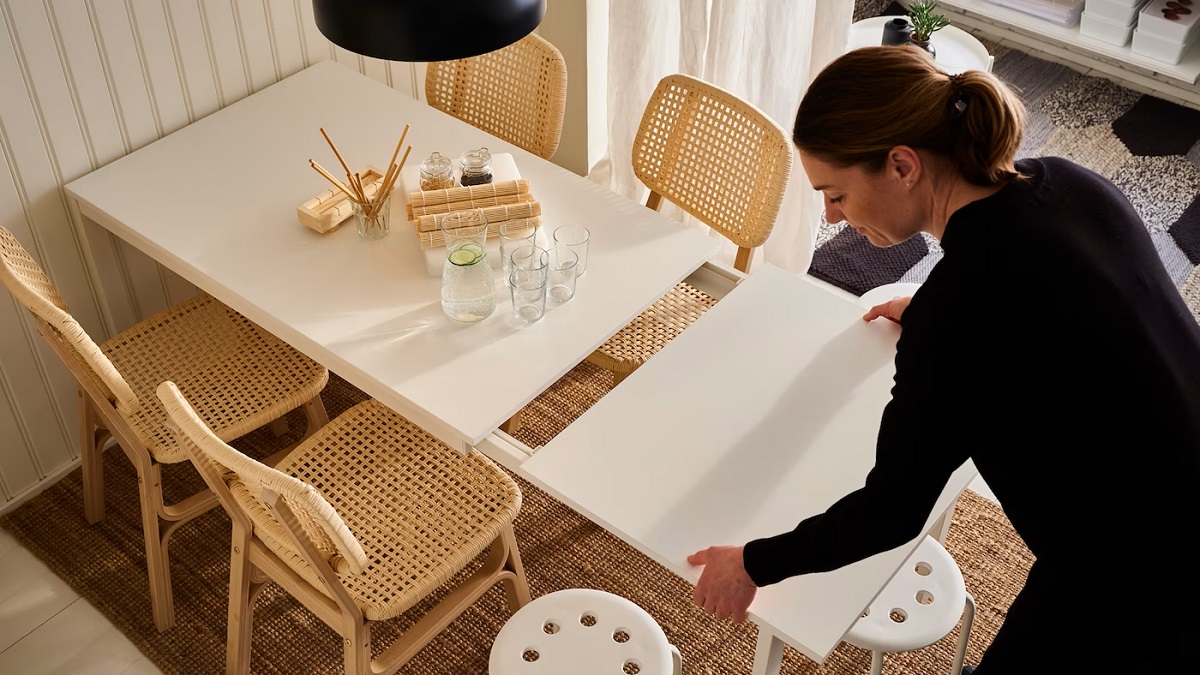
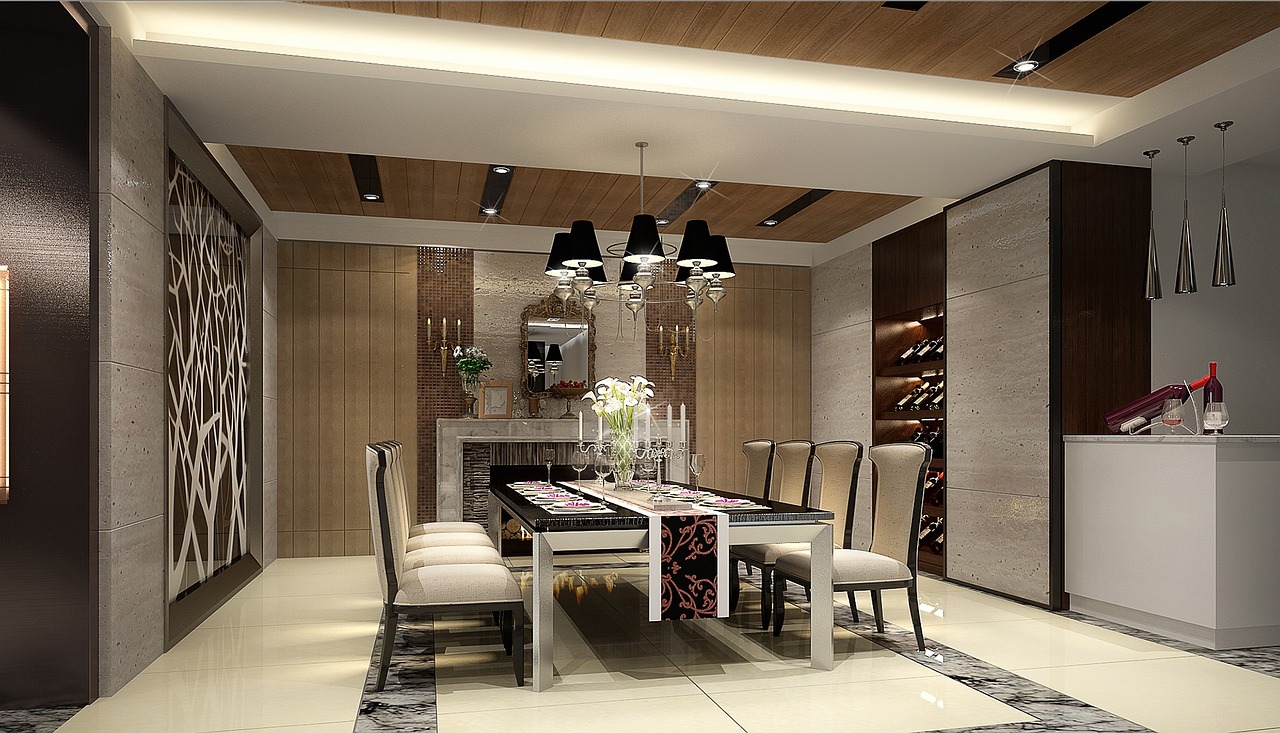

0 thoughts on “How To Pick A Dining Room Table”